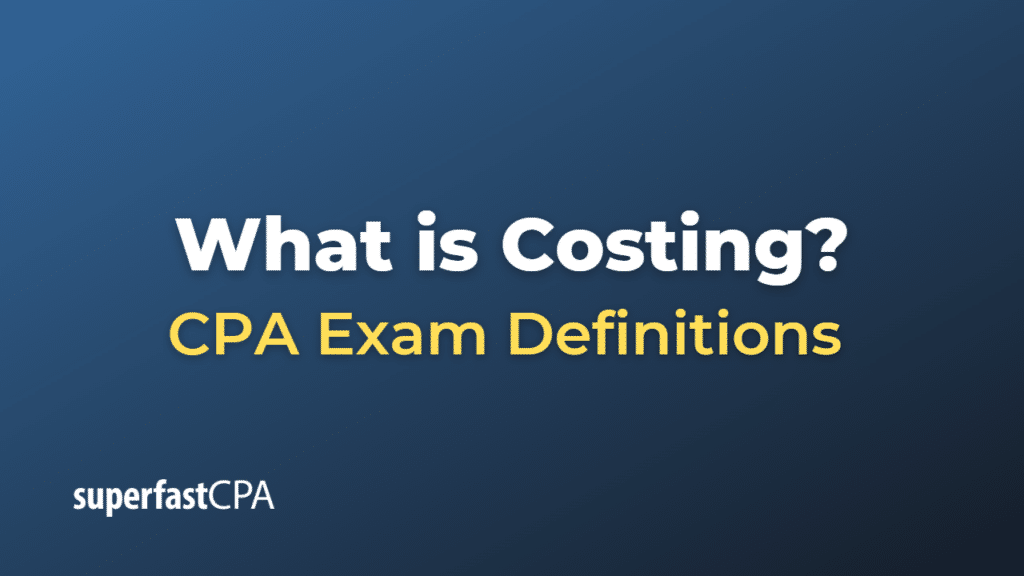Costing
Costing is the process of determining the cost of producing a product or providing a service. It involves identifying and adding up all the expenses associated with a business activity, which can include direct costs such as materials and labor, and indirect costs such as overheads and depreciation.
Accurate costing is crucial for a range of business activities, including:
- Pricing: Knowing how much it costs to produce a product or provide a service helps a business set its prices at a level that will cover costs and provide a profit.
- Budgeting: By understanding what it costs to carry out various activities, a business can create more accurate budgets and forecasts.
- Decision Making: Cost information can be used to make strategic decisions, such as whether to make or buy a component, whether to continue or discontinue a product line, or how to maximize profitability.
There are various methods of costing, including job costing, process costing, activity-based costing, and standard costing, each of which is suited to different types of businesses and activities. The method chosen can have a significant impact on the cost figures produced and the decisions made based on those figures.
Example of Costing
Let’s take a simple example of a small business that makes handmade wooden chairs.
Direct Materials: The wood, screws, glue, and varnish used to make the chair are direct materials. Let’s say these cost $50 per chair.
Direct Labor: The wages of the carpenters who make the chair are direct labor costs. Let’s say it takes 5 hours to make one chair, and the carpenters are paid $20 per hour, so the direct labor cost is $100 per chair.
Manufacturing Overhead: These are all the other costs associated with making the chair, but that can’t be directly linked to each chair. This includes things like the electricity used in the workshop, the depreciation of the tools and machinery, and the rent for the workshop. Let’s say these costs total $10,000 per month, and the business makes 200 chairs per month. The manufacturing overhead allocated to each chair is therefore $50 ($10,000 ÷ 200).
So, the total cost to produce one chair, according to this costing process, is $200 ($50 for direct materials + $100 for direct labor + $50 for manufacturing overhead).
Knowing this cost is crucial for the business. If they sell each chair for $250, they make a profit of $50 per chair. But if they only sell the chair for $150, they would be making a loss of $50 on each chair sold. This simple example illustrates why accurate costing is so important in business decision-making.













